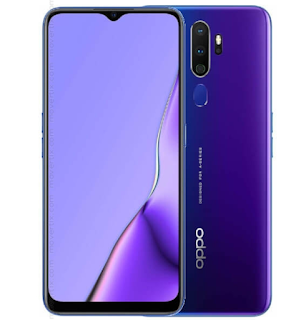Phone
5:35 AM
Motorola Moto G62
 |
| Motorola Moto G62 |
Motorola Moto G62: Bring a powerful smartphone.
Motorola Moto G62 - A smartphone that combines intelligence, power and beauty, can help make your life easier. We are going to know more about this new smartphone in this article.
Sight reveals the greatest attribute.
We're starting to see the Motorola Moto G62's most focused feature – its display. This smartphone has a unique 6.5 inch IPS LCD display which will surely encourage you to review the mobile. This high resolution display helps you see clear and lifelike images, which enhances your mobile experience.
Strong display.
Motorola Moto G62 is a powerful smartphone that is perfect for all your tasks. Looking at it, you can get the Qualcomm Snapdragon 680 processor and 6GB of RAM, which ensures the working space and speed of this device. You can play games or run large invaluable applications without encountering the problem.
 |
| Motorola Moto G62 |
Masterpiece Camera.
Love to take pictures? Then the Motorola Moto G62 boasts of a masterpiece camera for you. This smartphone has a 48 megapixel primary camera on the back, which helps in creating beautiful pictures. You can express your creative processes with this smartphone to take amazing photos.
Powerful battery
Motorola Moto G62 has a powerful battery for all your daily tasks. Provides enough charge. With its 5,000 mAh battery, you can use it frequently and charge your phone battery quickly.
The beauty of the design.
Motorola Moto G62 is a beautifully designed smartphone, which can help increase your attractiveness. Its slim and sleek design provides a prominent look, and makes it appear as your premium phone in second place.
 |
| Motorola Moto G62 |
Furnished with latest technology.
The Motorola Moto G62 lets you dress up with the latest technology, design and features to match your everyday life. You can speed up and stay connected with the latest technology with this smartphone.
Technology for the whole day.
So, the Motorola Moto G62 is a complete package, which one wants for an absolutely essential smartphone. This powerful and beautiful smartphone is suitable for all day tasks, as well as its attractive design helps to win your love completely.










